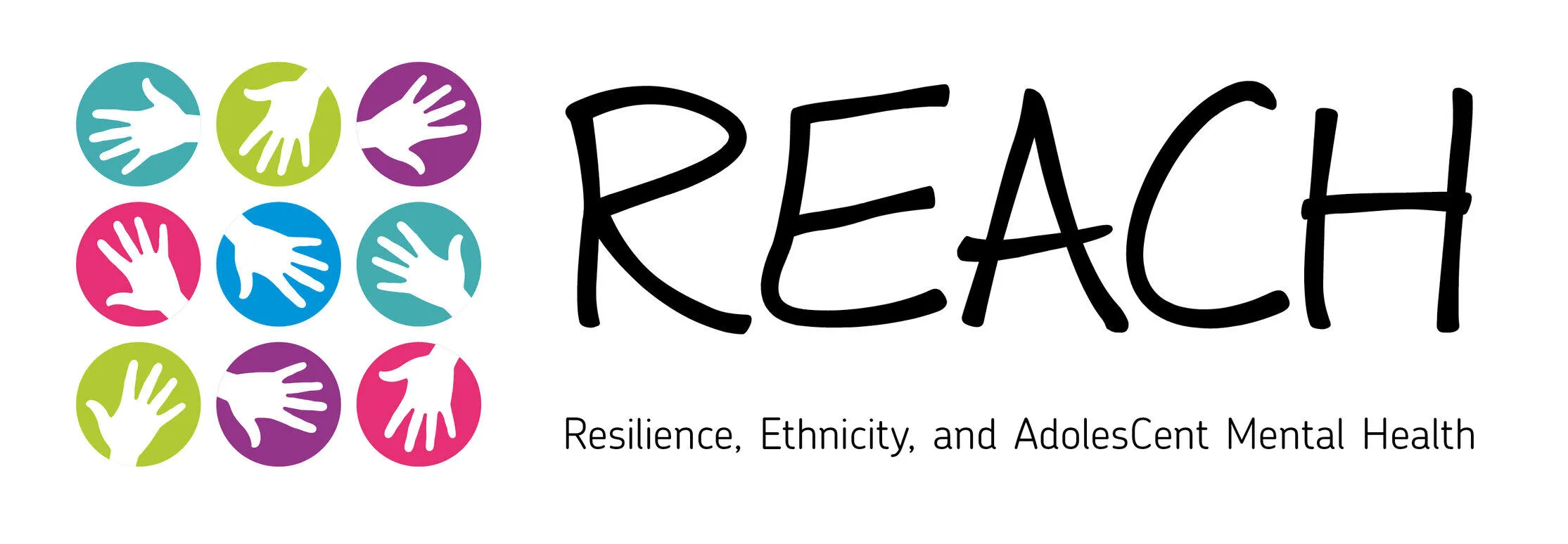For Children’s Mental Health Week, we highlight some of IoPPN’s research into the impact of COVID-19 on child and adolescent mental health, and potential solutions to support recovery.


Since children and adolescents were considered a low health risk, they were far from a priority in the early stages of the pandemic. But with the disruption to schools, prolonged social isolation, health anxiety, and economic instability, the COVID-19 pandemic has exposed young people to many known risk factors for mental illness, raising serious concerns about their well-being.
Over the last two years, research about the psychological impact of COVID-19 on children and young people has been emerging. Before the pandemic, England’s Mental Health of Children and Young People (MHCYP) survey found that one in nine children and young people were affected by a mental health condition. By October 2020, eight months since the virus first reached the UK, this figure had risen to one in six children. At this point, young people were reporting high levels of loneliness, disrupted sleep, and anxiety about leaving the house due to fear of catching or spreading the virus.
Determining the direct impact of the pandemic on mental health is challenging, since pre-pandemic measures are required for comparison. As a result, longitudinal studies which began data collection before the pandemic are extremely valuable. One of these studies is the Resilience, Ethnicity, and Adolescent Mental Health (REACH) study at the Centre for Society and Mental Health – a collaboration between the Institute of Psychiatry, Psychology & Neuroscience (IoPPN) and the Faculty of Social Science and Public Policy at King’s. This study has been following a cohort of children from inner London since 2016, but has not yet published their research on the impact of COVID-19. Nonetheless, co-investigator, Dr Gemma Knowles, summarises some of the key findings on BBC Radio 4’s documentary ‘Generation Covid’.
Contrary to expectation, this study observed no changes in adolescent mental health since the pandemic. However, this does not capture the full picture. The study revealed that different people have been affected by the pandemic in different ways; many young people felt their mental health was worse, but some reported it had improved. The 2021 MHCYP survey supports this, revealing that 40% of 6-16 year olds have experienced deterioration in mental health, and 22% have experienced improvement.
This makes sense; for people with a positive home life and financial stability, spending more time at home will have been easier and more enjoyable than for those who are from disadvantaged backgrounds, rely more heavily on school meals and resources, or have strained family relationships. Children who have a particularly negative experience at school, for example due to bullying or high academic pressure, are more likely to have experienced relief, rather than anxiety, when the lockdown was announced. For these children, the return to school following a long period at home will be more challenging, and they are likely to require additional support from both families and school staff.


Nonetheless, a concerning number of longitudinal studies and systematic reviews have highlighted the overwhelmingly negative impact of the pandemic. For example, one study led by the IoPPN found that nearly half of the 11-12 year old children in the cohort (44%) reported an increase in symptoms of depression, and a quarter (26%) reported an increase in PTSD symptoms since the start of the pandemic.
The COVID-19 lockdown triggered particular concerns about public mental health, and the research now justifies these. A systematic review led by the IoPPN revealed that the COVID-19 lockdown was associated with poor emotional outcomes for young people, including psychological distress, loneliness, boredom, fear, and stress. Not only did new psychiatric conditions appear, but children and adolescents with previous mental health conditions relapsed. This was particularly prevalent for young people with eating disorders, since the lack of routine made it challenging to maintain structured mealtimes.
Certain young people have been hit harder by the pandemic; research suggests that the presence of mental disorders before the pandemic, having special educational needs, and being female is associated with a greater increase in mental health symptoms throughout the pandemic. Disappointingly, many longitudinal studies fail to recruit diverse samples, making it difficult to judge how the pandemic has impacted different ethnic groups. So far, it seems that Black/Black British children bore the brunt of economic disadvantage during the pandemic, with research finding that they were three times more likely to live in a household that had fallen behind with bills, rent, or mortgage since the pandemic, compared to children in the White British group. This in itself is a risk factor for mental illness, raising concerns about how these young people have fared throughout the pandemic. The REACH study is currently investigating this in more depth by following up with a highly representative sample within inner London to more reliably explore how the COVID-19 pandemic has impacted different ethnic groups.








































